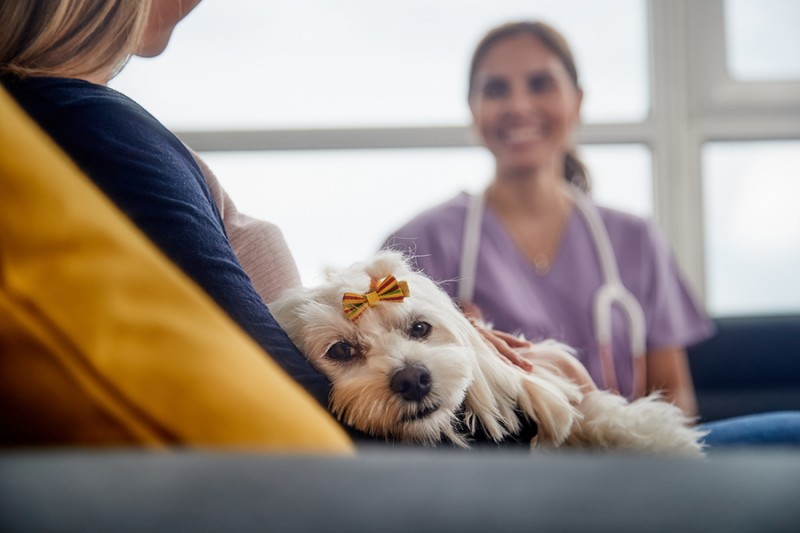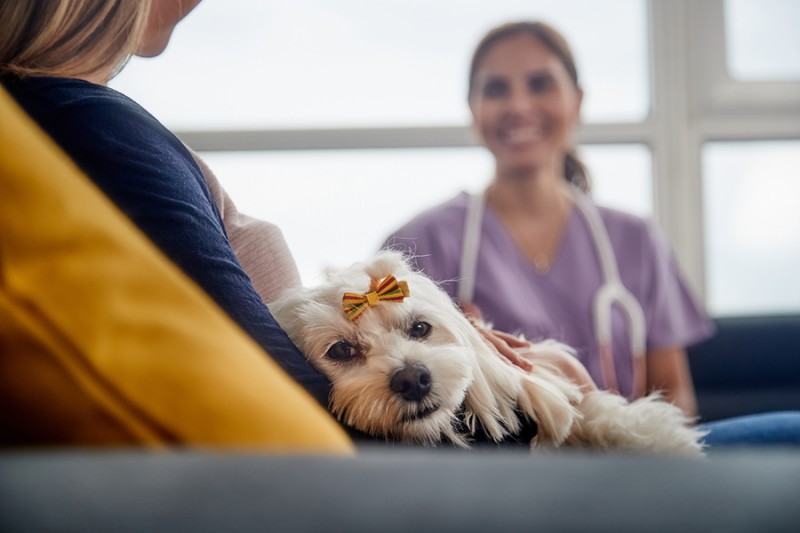Animals function similarly to people. They suffer from diseases like us, their joints degenerate over the years and their mobility is reduced while experiencing pain. Today we are going to know how to detect osteoarthritis in dogs.
What is osteoarthritis and when it appears
A joint is the union that exists between the bones and that allows us to move the way we do. The ends of those are covered by a protective cartilage, responsible for giving softness to the movements and protecting from impacts.
When this cartilage begins to lose or weaken in its structure, we say that osteoarthritis appears. This is, therefore, a chronic and degenerative disease that affects the joints, and that in some cases can be congenital. Consequently, pain appears and mobility is progressively lost. These are some keys to detect osteoarthritis in dogs.
As happens to people suffering from this disease, changes in the weather generate discomfort. Thus, cold, humidity or very high temperatures aggravate the symptomatology.
In elderly dogs it is common for it to appear. Unlike in young dogs, the cartilage has lost nutrients and decreases thickness and flexibility. However, trauma or blows to the joints can also favor their appearance. The difference in detecting osteoarthritis will be that in one case it will be general while in the second it will be localized.
How we can detect osteoarthritis in our dog
Whether young or old, we should always pay attention to the mobility of our dog. Any change that is perceived in time will be easier to correct or deal with than another that is allowed to advance. Detecting osteoarthritis from its early stages will help us prolong the mobility of the animal.
Problems with stairs
If your dog has begun to refuse to go up or down stairs, you may have just spotted osteoarthritis. This type of movement involves an impulse or a load of one’s own weight that, in the case of suffering from weakness in the joints, can be an important effort.
Slouching
Another way to detect osteoarthritis is by slouching. The reduction in movements makes it expensive to stretch completely. In this way, the limbs or spine may begin to curve excessively.
Lack of energy
If it is time for the walk or you propose to your dog to play and no longer responds with the illusion of before, you have before you another symptom to detect osteoarthritis. You will most likely have a hard time getting up or making sudden movements.
Lameness
Intermittent lameness also helps us detect osteoarthritis. A limp that comes and goes may be due to a joint that begins to lose strength. If you also complain when we touch it or prevent us from doing so, you are likely to feel pain.


